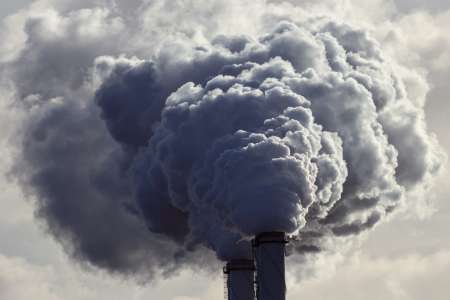Killer Forest Fires Are Taking Lives and Destroying Property
Climate change and poor management are behind ever more dangerous, lethal forest and grassland fires.
10/13/2024

Fire’s Vital Role in Ecosystem Renewal and Indigenous Practices
Out-of-control fires have been part of the Earth’s history since our forest and grassland ecosystems began millions of years ago. Fires are a natural, necessary process that renews ecosystems by clearing away underbrush, dead plants, and tree debris, releasing stored nutrients needed for new growth. Many plant species have evolved to prosper with periodic fires, making these events critical to forest health.
In the United States, many Native American tribes recognized the relationship between fire and healthy ecosystems long ago. For thousands of years, they practiced controlled burns to mitigate threats to settlements, encourage new plant growth, foster game populations, and increase the availability of edible fruits and vegetables.
Managing Fire
New settlers in the United States generally accepted and continued controlled burns until 1910, when a disastrous out-of-control fire destroyed the city of Wallace, Idaho, killing 86 people. Fear of fires spread rapidly, and as a result, the accumulated knowledge of controlled burns as a protective measure was lost.

Wallace, Idaho – Forest fire 1910, The Big Burn Collection, Digital Initiatives, University of Idaho Library. Creator: Barnard Studio.
Fires, including planned protective burn-offs, were declared unacceptable, and laws to appease the new settlers’ fears were enacted. This approach allowed a dangerous buildup of dead and dry fire-ready tinder over time, which, combined with climate change, has become a major driver of today’s destructive fires.
Reverting to the Old Ways

2012 Waldo Canyon fire in Colorado Springs, Colorado. Image by Urban Light/Depositphotos
Suppressing fires and allowing vast amounts of fire-ready fuel to accumulate on forest floors has proven to be a mistake. While eliminating all out-of-control fires is impossible, reinstating controlled burns is a proven path forward. Recent examples show that well-managed burns can limit the number of destructive fires each year and help us live more harmoniously with the planet.
Fires will always occur naturally, and we cannot prevent them. However, limiting their size and intensity is a critical step.
What is Driving Huge Forest Fires?

Oregon ash tree on fire. iStock.com/Sam Camp
Understanding Fire’s Needs
Science tells us that for fire to occur, three elements are needed for it to start:
- Fuel: Dead plant materials dried by extended periods of hot, dry air.
- Oxygen: Without it, a fire cannot grow—many firefighting techniques aim to limit oxygen.
- Heat Sources:
- Catalytic exhaust systems in cars parked over dry leaves
- Lit cigarettes tossed from car windows
- Unattended campfires
- High-voltage line shorts, as seen in many California fires
- Arson
Even after ignition has started and fire is spreading, for it to turn into a massive out-of-control conflagration that is so rightfully feared, other conditions must be present:
- Hotter temperatures
- Lower humidity
- Less rainfall
- Increased winds
Climate change is part of what creates the conditions mentioned above. Once a fire starts, these conditions drive the flames into raging infernos that lead to tragic losses of life and the destruction of homes and infrastructure. Even far beyond the immediately affected regions, the massive amounts of smoke generated can create debilitating respiratory illnesses for millions.
First Responder Deaths
Risking their lives to save us and our property is part of the job description, and we owe them a debt of gratitude for the risks they take. Tragically, too often, brave forest fighters pay the ultimate price each year while protecting us. As citizens, we must do what we can to limit the dangerous firestorms that put them—and us—at risk. As noted in the video, climate change is part of what drives these catastrophic infernos and is something we can address.
Can You Help? Absolutely! It’s Doable! Climate Change Can Be Defeated!
As stewards of the planet, we must limit our contributions to climate change and out-of-control fires. Each of us can take simple actions, such as:
- Turning down thermostats and hot water temperatures
- Turning off lights and computers when not in use
- Reducing our use of fossil fuels
- Reducing dependence on driving in favor of walking or biking
- Switching to energy-efficient or electric vehicles
Your actions do matter! Small steps can make a difference when multiplied by millions of fellow citizens. And they’re even more effective when combined with voting for leaders who prioritize policies and treaties that limit and reverse climate change. This extends to local efforts like recycling programs, infrastructure improvements, energy-efficient community planning, and national efforts.
In the planet’s existential crises, we must all depend on each other to solve the problems. No person or nation can solve this alone.
Please click the Take Action button below to see many other ways to help and join the fight against climate change. Start with small steps, and let’s amplify our efforts together. Share this post and inspire others to take action!




















